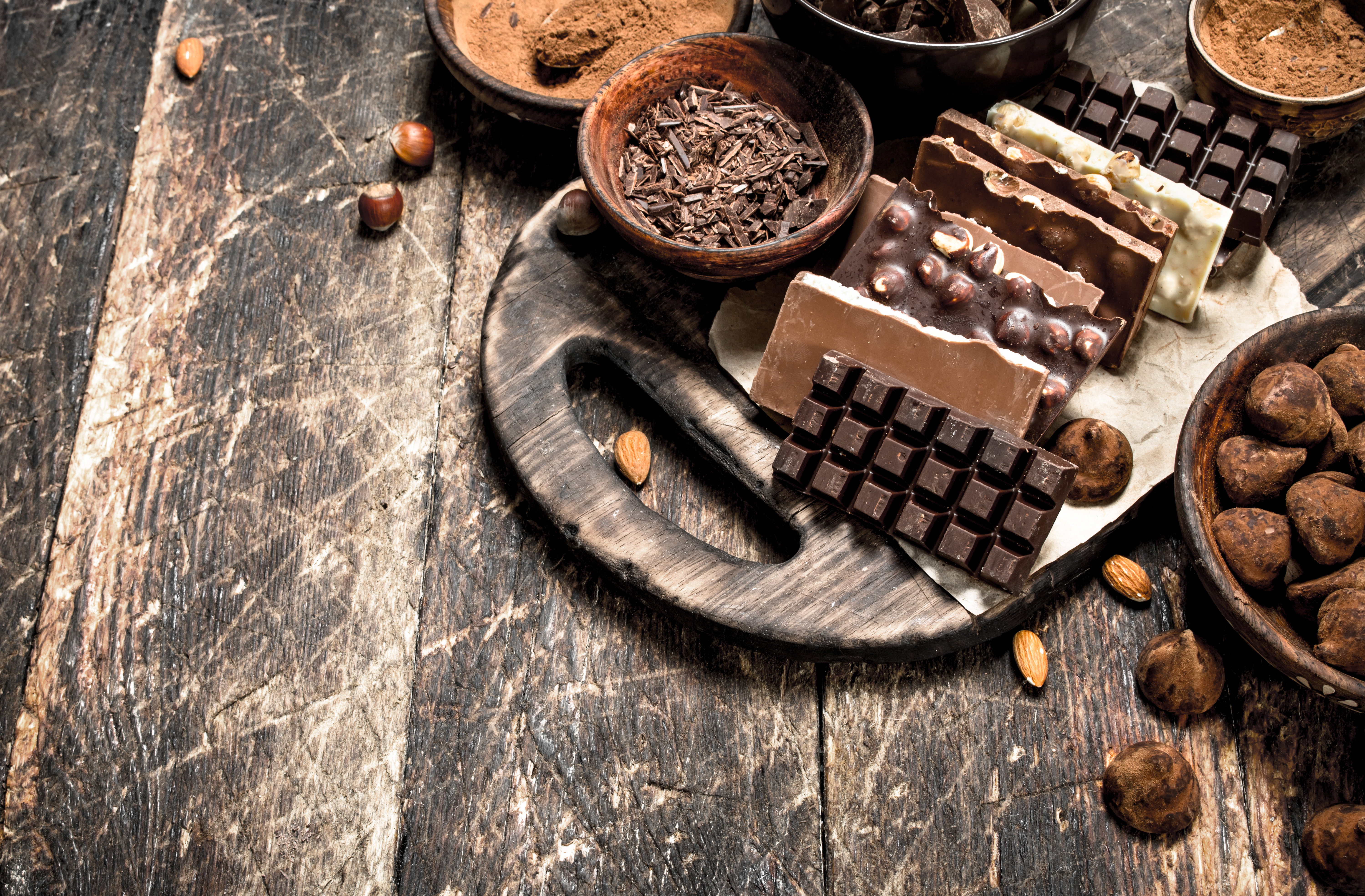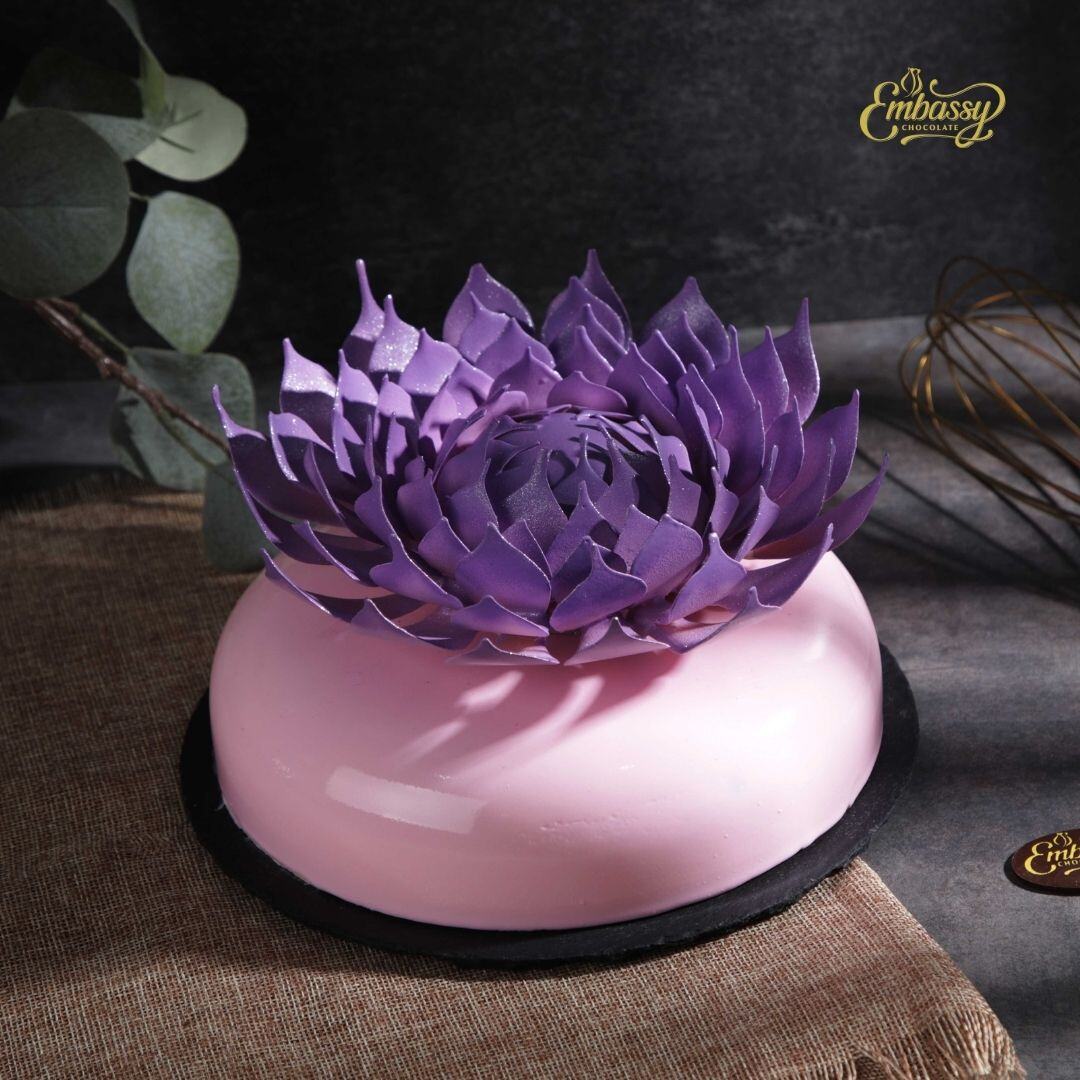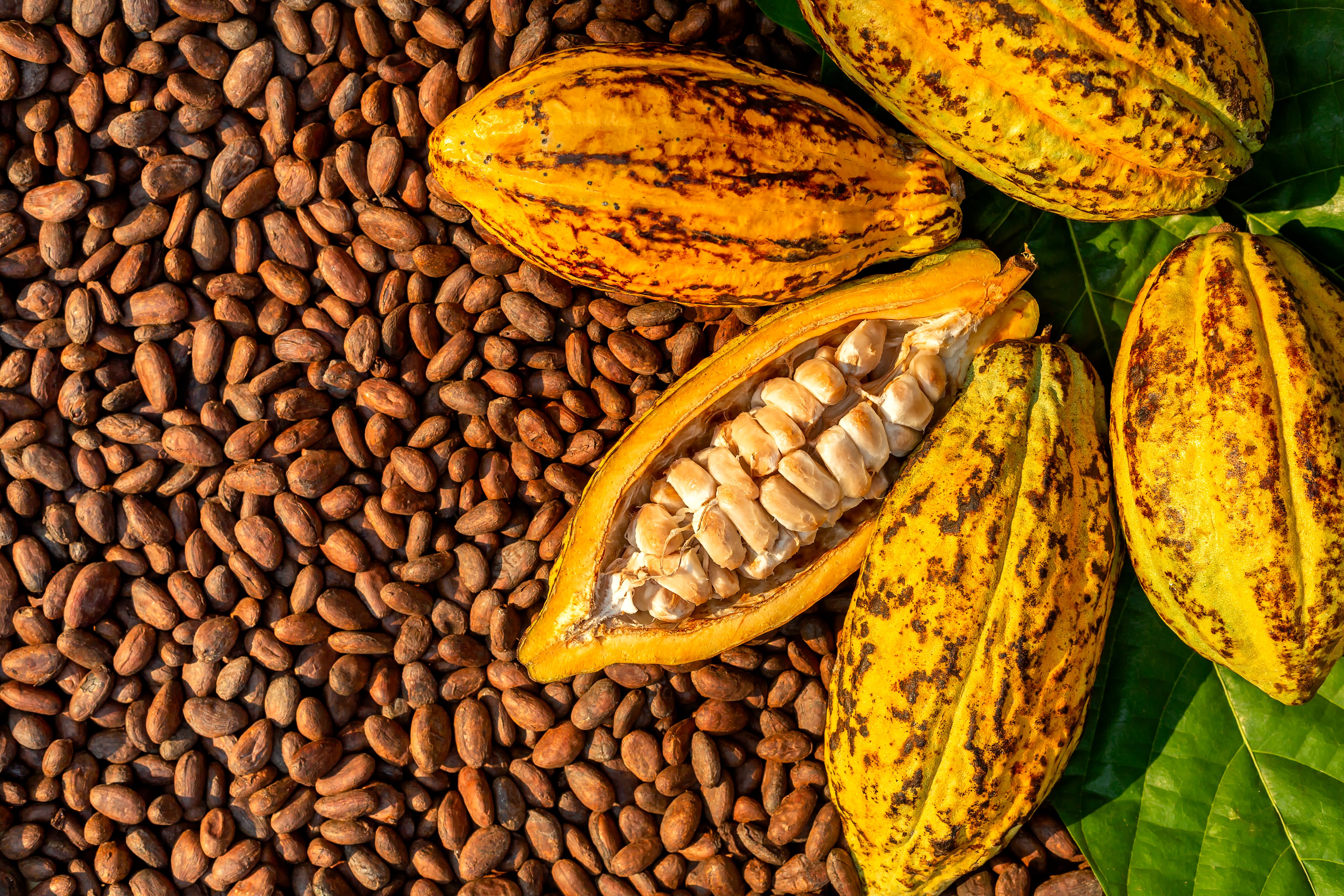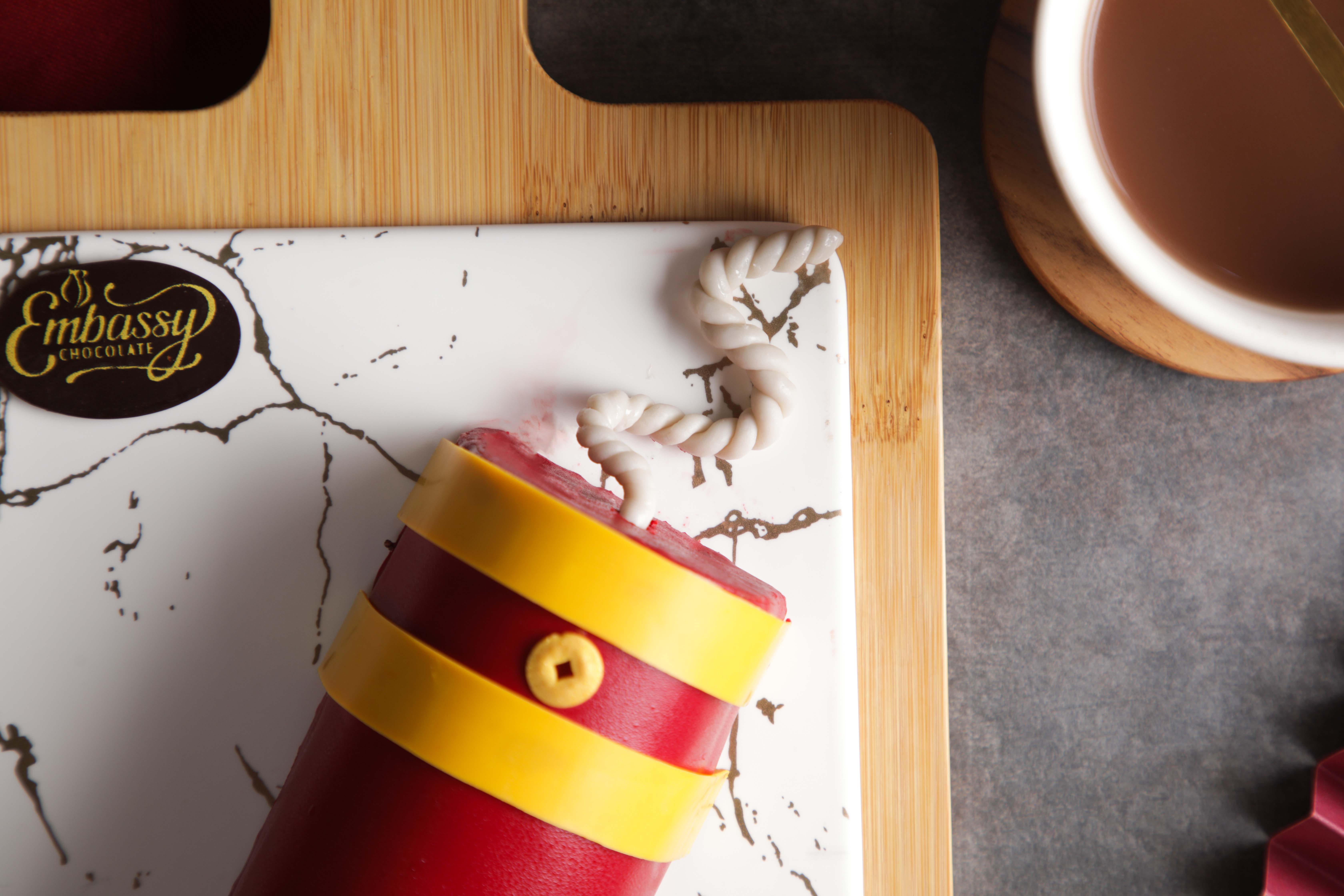Arte Cocoa Butter Colouring: The Professional's Secret to Excellent Colour Mastery
Colour is not just an accent, it's a powerful medium that can transform a simple dessert into a captivating work of art.
3 min read
Apr 7, 2022 10:18:21 AM

Chocolate is one of those ingredients that is a staple for anyone working in the food service industry. Pastry chefs and professional bakers often have deep connections with this ingredient, considering it is one of the most delicate ingredients. When it comes to chocolate, there are essentially two different types: compound and couverture chocolate.
The main difference between compound chocolate and couverture chocolate is that couverture is considered to be real chocolate in its purest form. Couverture chocolate is made of cocoa butter and cocoa mass, whereas compound chocolate is comprised of cocoa powder and vegetable oil or fats.
Throughout this post, let's talk about the differences between these two types of chocolates and when to use which.
Here are some of the main differences between compound and couverture chocolate.
The first difference between couverture and compound chocolate is their ingredients.
Couverture chocolate is made from cocoa butter and chocolate liquor or cocoa mass obtained from grinding roasted cocoa beans.
Compound chocolate is made of cocoa powder, made from cocoa solids that have been dried and ground further. And instead of chocolate or cocoa butter, compound chocolate is made with vegetable fats. Compound chocolate may contain any form of vegetable fats, such as coconut oil or palm kernel oil. This is why compound chocolate is not considered pure chocolate.
These differences in main ingredients provide different taste characteristics. Compound chocolate is often described as having a waxy taste and mouthfeel profile due to its vegetable fat content. It also tastes less complex than couverture chocolate due to the long manufacturing process of cocoa powder. With couverture chocolate, the flavors can be more complicated due to the cocoa bean characteristics in the cocoa mass. However, this depends on the quality and source of the cocoa mass itself.
Read more: How to Make Chocolate: Chocolate Bar Making Process
Since the ingredients are different, the working and handling process is very different by their very nature. When couverture chocolate is being used to make pralines or chocolate bars, it has to go through a tempering process, which is the heating and cooling of chocolate to form beta crystals in the cocoa butter.
Tempering is required when you work with couverture chocolate as it gives the chocolate its characteristic texture and snap when you break a bar in half. Another benefit of tempering chocolate is that it provides a beautiful and glossy appearance and often a more pleasurable mouthfeel experience.
Tempering can be a complicated process and requires some skill and expertise to handle properly. The tempering process is often part of the allure and pleasure of working with chocolate.
On the other hand, compound chocolate does not require tempering and is much easier to handle for novice chocolate users.
In almost all cases, couverture chocolate holds a higher price tag. This is due to the higher cocoa content in the product, mainly cocoa butter and cocoa mass. Cocoa butter is one of the most expensive ingredients in couverture chocolate, and that’s why all couverture chocolate products are priced higher as it is considered a more premium product.
On the other hand, compound chocolate is cheaper and more affordable due to the use of vegetable fats in place of cocoa butter.
Couverture chocolate is mostly used in high-end pastries, baking, and confectionery applications. It can be used to create cake decorations, chocolate pralines, and bars and for coating, decorating, and filling applications in pastries and various other baked products. Compound chocolate is often used in more economic baking, confectionery, and dessert application.
Essentially, you can use both products for identical applications, but you will need to consider the cost and taste profiles you are trying to reach. Are you targeting a higher-end market, and do you require more complex flavor profiles in your end product? Then couverture chocolate is the way to go.
Read more: How to Keep Chocolate from Melting
Both couverture chocolates and compound chocolates have their own advantages. Couverture chocolate may have a better taste profile and texture, but working with couverture chocolates can be a daunting task for beginners. On the other hand, compound chocolate is cheaper and easier to work with, however, it doesn't give your creations that lovely cocoa flavor couverture chocolate does.
For that reason, it's very important to understand the differences between both chocolate types and how to work with them.
Suppose you want your chocolate desserts, confectionery, and baked products to have a more complex flavor profile targeting a higher-end target market. In that case, couverture chocolate is the way to go. At the end of the day, which chocolate you should use will require consideration regarding what’s best for your business. Ultimately, what your customers want, appreciate, and are willing to pay for.
Do you have more questions about the difference between compound and couverture chocolate? Feel free to leave us a comment in the blog post below, and we will be happy to answer them.

Colour is not just an accent, it's a powerful medium that can transform a simple dessert into a captivating work of art.

Chocolate, a beloved treat enjoyed by millions worldwide, is facing a bitter truth: the steady rise in cocoa bean prices due to disease outbreaks and...

Set the Lunar New Year ablaze with our Firecracker Chocolate Roll Cake! Experience layers of rich chocolate with a hint of fiery excitement,...